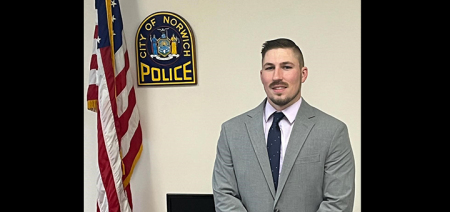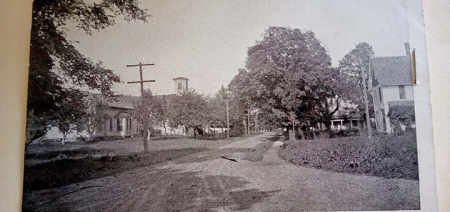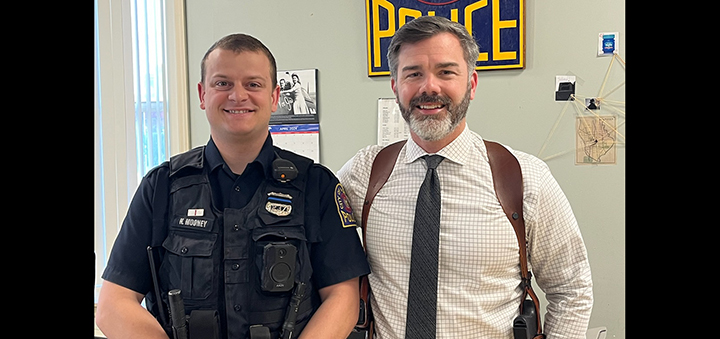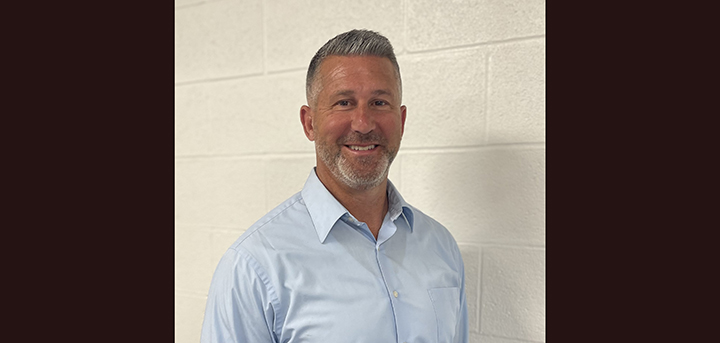Mold Awareness
Published:
September 16th, 2013
By:
Sen. James Seward
September is Mold Awareness Month, a designation which takes on added significance as so many people clean up after recent storm and flood damage. Moisture or water damage in homes and businesses can promote mold growth and decay of building materials and health problems can also result.
According to the New York State Department of Health (DOH), molds are microscopic organisms that usually live on plant or animal matter. Mold growth may occur unless prompt action is taken in buildings where flooding or water damage has caused building materials or furnishings to become wet.
Exposure to mold can cause adverse health effects in some people. The most common effects are allergic responses from breathing airborne mold. These allergic responses include making hay fever or asthma symptoms worse, and irritation of the eyes, nose, throat or lungs. Serious infections from molds are relatively rare and unlikely to occur in people who are generally in good health; however, mold infections are a concern for people with severely suppressed immune systems.
The DOH recommends the following steps to reduce the potential risk:
Promptly remove standing water and all porous wet materials such as carpeting, saturated wallboard (sheetrock) and upholstered furniture from the home.
Aggressively ventilate the home to dissipate moisture by opening windows and using fans, if available. Dehumidifiers are useful in enclosed areas or when windows need to be closed because of rain or high humidity.
Clean mold from small areas on hard surfaces, such as wood or concrete, by scrubbing the area with a cleaning rag wetted with diluted detergent. Rubber gloves and a dust mask can be used to minimize direct exposure to contaminants and cleaning products.
Discard porous materials such as drywall, carpeting, upholstered furniture and ceiling tiles with extensive mold growth.
Check routinely for new mold growth or signs of moisture that may indicate the need for cleanup, home repair, or removal of affected materials. A mold problem can usually be seen or smelled. Mold growth may often appear as slightly furry, discolored, or slimy patches that increase in size as they grow. Molds also produce a musty odor that may be the first indication of a problem. The best way to find mold is to examine areas for visible signs of mold growth or water staining, or follow your nose to the source of the odor. Be careful when using household cleaners or disinfectant products. Read and follow all label directions and warning labels before mixing any products. Mixing some products (for example, products containing ammonia and bleach) can create hazardous fumes.
Keep children away from both cleaning products and areas where mold is present. Individuals with known mold allergies or asthma should not clean or remove mold, as their condition may be aggravated.
Hire an experienced professional for a large mold problem, or if you are highly sensitive to mold.
If you experience health problems after exposure to mold contact your health provider immediately.
While it is impossible to get rid of all molds and mold spores indoors, the key to stopping mold growth is controlling moisture. The United States Environmental Protection Agency (EPA) says simply - mold spores will not grow if moisture is not present. Indoor mold growth can and should be prevented or controlled by controlling moisture indoors. If there is mold growth in your home, you must clean up the mold and fix the water problem. If you clean up the mold, but don't fix the water problem, then, most likely, the mold problem will come back.
Both the New York State Department of Health and U.S. Environmental Protection Agency offer in-depth information and tips on how to clean up and prevent the growth of mold along with vital health guidelines on their websites, www.nyhealth.gov/publications/7287 and www.epa.gov/mold.
Senator Seward’s office web site is www.senatorjimseward.com. Like Senator Seward at www.facebook.com/senatorjimseward.
Author: Sen. James Seward - More From This Author
Comments










